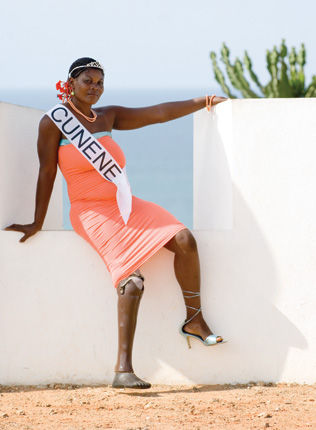
Miss Landmine Angola is an art project by Morten Traavik designed to raise awareness for Angolan landmine survivors. Here’s the Miss Landmine Manifesto:
* Female pride and empowerment.
* Disabled pride and empowerment.
* Global and local landmine awareness and information.
* Challenge inferiority and/or guilt complexes that hinder creativity-historical, cultural, social, personal, African, European.
* Question established concepts of physical perfection.
* Challenge old and ingrown concepts of cultural cooperation.
* Celebrate true beauty.
* Replace the passive term ‘Victim’ with the active term ‘Survivor’
And have a good time for all involved while doing so!
The project is complicated, seeing as it is based on the controversial beauty-contest model, but it might serve as a useful classroom example for talking about the body and the ways it can be represented.
via: Boing Boing
Recent comments
2 years 29 weeks ago
2 years 44 weeks ago
2 years 44 weeks ago
2 years 50 weeks ago
3 years 4 weeks ago
3 years 4 weeks ago
3 years 4 weeks ago
3 years 6 weeks ago
3 years 6 weeks ago
3 years 6 weeks ago